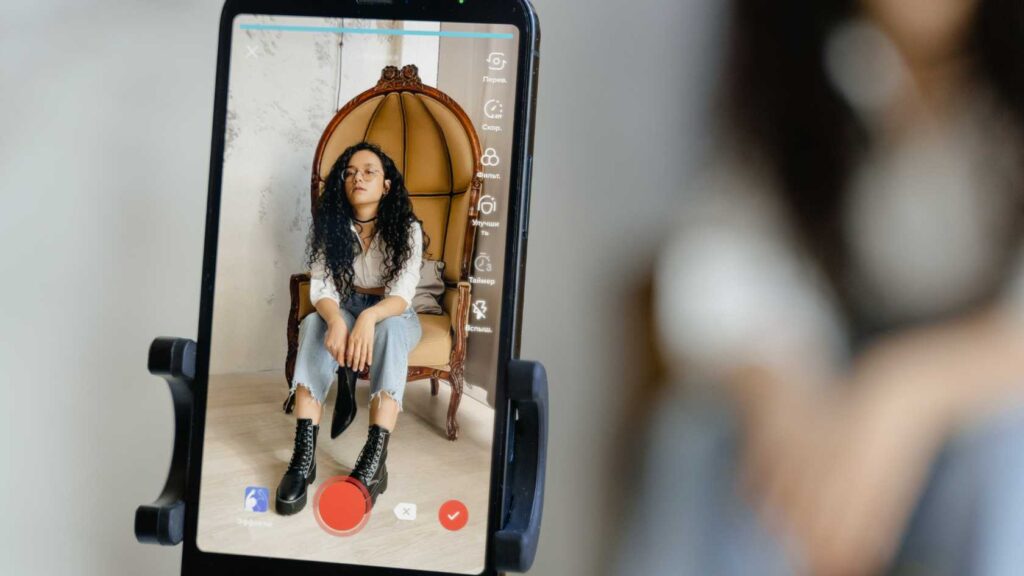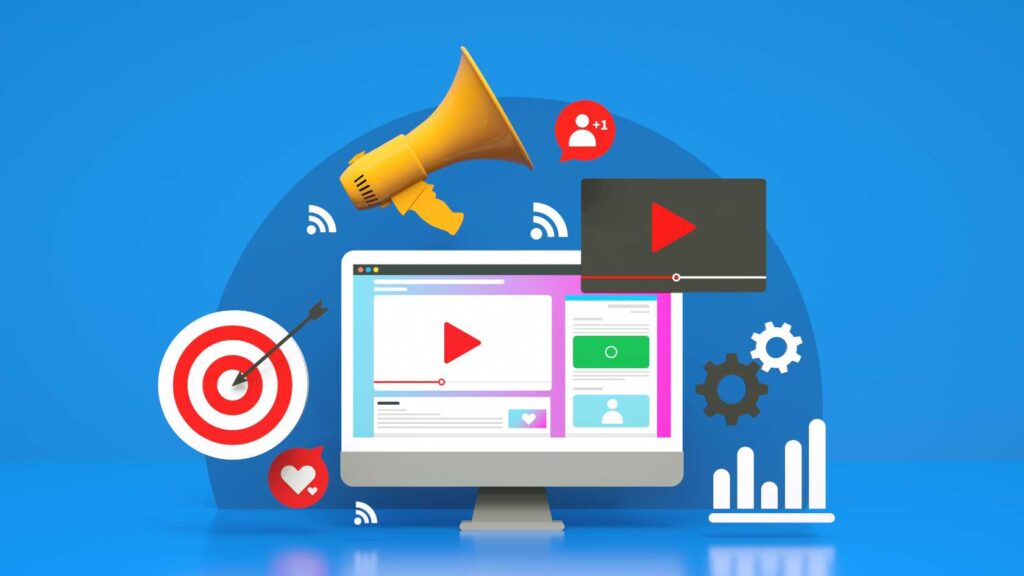Are social media influencers merely hype?
Most marketers say influencer marketing works. Influencer marketing appears to be giving Traditional Advertising a run for its money.
Influencers build a personal connection and segment the audience into groups of fans and followers. Hence, influencers are more effective at engaging audiences when compared to the broad blast of traditional media like TV, radio, print, or outdoor billboards.
Business Insider says that Influencer Marketing is likely to become a $15 billion industry by 2022. A few studies say that Influencer Marketing has 11 times the returns on investment compared to a banner ad.
But, hey, is it actually a new wonder? Who were the earliest influencers? When did influencer marketing begin?
The Earliest Influencers

Influencer Marketing can be traced back to Ancient Rome when gladiators endorsed products. Although it has existed in the contemporary era for almost a century, the word “influencer” only entered the modern lexicon in the past decade. In 2019, it was officially added to the English dictionary.
In advertising fable, the first widely accepted “influencer” collaboration dates back to the 1760s, when Josiah Wedgwood designed and manufactured a tea set for King George III’s wife, Queen Charlotte. The Queen was so impressed with Wedgwood’s products that she decreed him “Her Majesty’s Potter.” Recognising unique marketing value, Wedgewood placed ads in local papers advertising his pottery as “Queensware.” Royalty was the era’s influencer, and Wedgwood quickly marketed his brand as having “Royal” approval. That afforded it such luxury status that the brand is, even today, considered fit for a King or Queen.
The story continues with many brands attempting influencer marketing in different ways.
Modern History

In 1931, Coca-Cola introduced Santa Claus in their ads where the image was of a white-bearded, friendly-looking grandfather figure dressed in a red-coloured outfit. Santa was shown in various ways before this ad including a scary elf. This experiment by Coca-Cola saw consumers loving the figure.
If consumers loved the person publicising a product, they loved the product too. And that is the beginning of Influencer Marketing as we know it today.
By 2010, social media had started becoming mainstream. Facebook was the new kid on the block that everyone, including yours truly, was fascinated by it. Amazon connected Facebook with their brand — so consumers could see what their friends and family members were purchasing. Amazon also started recommending gifts for friends and family based on their interests. People could even notice notifications about the upcoming birthdays of their loved ones with suggestions for gifts. On the subject of the history of Influencer Marketing, this was a very successful trick that drove other brands and platforms to take Influencer Marketing more seriously.
Present Day

Brands in India use a significant chunk of the marketing budget on celebrity endorsements and advertisements. Millennials and GenZs need social proof before they decide to buy anything and have disrupted trends in consumer behaviour.
This change has given birth to newer classifications of influencers, from people with only a few thousand followers to those with millions of social followers. While there are no industry-accepted definitions of follower numbers, a general guide to the types is:
- Mega-influencers are social superstars with more than a million followers. Usually, they are celebrities in their space.
- Macro-influencers are influencers with between 100,000 and 1 million followers.
- Micro-influencers are someone who has between 1,000 and 100,000 followers. While their following may be small(ish), their authenticity is high; they connect to a more focused segment of consumers.
- Nano-influencers are somebody with fewer than 1,000 followers who have massive influence with a comparatively narrow niche segment.
Most influencers tend to stick within their industry niches of finance (finfluencers), skin (skinfluencers), pets (petfluencers) etc. We observed boundaries blurring during the pandemic as influencers ventured into other categories outside their original niches. For instance, beauty influencers have also covered other areas of interest, like travel, food, and fitness.
What Can The Future Bring?
Influencer Marketing Hub predicts that Social Commerce Will Reach $958 billion in revenue in 2022 and is one of the critical trends that will shape Influencer Marketing in 2022.
1. The emergence of Influencer Networks

The Collective is the future of influencer marketing where brand marketers may begin to group influencers with their association being the criterion.
By partnering with a social media influencer, the brand’s reputation grows based on how much authority the influencer has. Similarly, an influencer’s reputation depends on which brands they endorse.
It is like creating Power Centres of Influence for each niche. Each of the influence centres is connected because many niches overlap.
For example, in the earlier days a brand that sells a finance product will reach out to influencers in the finance and investment niches. Now, they will also reach out to influencers in the lifestyle, and fitness industry to promote the product in their niches.
The future of influencer marketing prioritises the power of interconnectedness of different niches. The influencers who have the power to disseminate ideas between distinct niches will be the most influential ones.
2. Emphasis on Micro-Influencers

The reality that many people can now make a living as “influencers” has forced old controversies of marketing to re-emerge.
Are influencers truly impressed by the products and services they tout or are those paid endorsements a form of advertising?
Many influencers acquire fake followers, so their engagement rate is mediocre.
Brands and Marketers have started to realise that occasionally less is more. The success of any influencer marketing campaign doesn’t exclusively ride on the number of social media followers.
Micro-Influencers have fewer social media followers, but they work hard to maintain personal bonds with their target audience. And they are careful about the quality of followers in their network. Hence, their social media posts see higher engagement.
Unlike mega and macro-influencers who have huge followings on social media platforms, Micro-Influencers are more equitably priced. Micro-Influencers will be the bulwark of Influencer Marketing in the future.
3. Increase of In-House Influencer Programs

B2B brands have had influencer management teams for a long time. They were usually called Analyst Relations. They handled both investor perception and global research platforms like Gartner.
B2C brands are realising that creating long-term relationships with influencers is essential for better marketing. That’s why they are building in-house influencer programs for the future. This team focuses on building relationships with people and not on content distribution.
This structure also allows brands to work more closely with influencers. In-house influencers convey loyalty and a sense of relatability that external influencers can’t match. Hence, their endorsements see
4. Stricter Guidelines for Advertising

The Internet in general, and social media more specifically, has muddied the line between “editorial” and “advertorial”. Consumers want influencers to be more transparent about the offering they are marketing, and the number of followers they have does not necessarily correlate to their trustworthiness. When an influencer obtains a product for free or they are authoring a paid review, they should declare it. Hence, it is common to see influencers using #paid, #ad and #sponsored on their posts.
Clarity about brand relationships and conflicts ensures the public knows ‘the what’ and ‘the why’ of an endorsement. We should see stricter guidelines that will make Influencer Marketing a reliable high-quality marketing tool.
5. The Advent of CGI Influencers

The technology behind Computer-Generated Imagery (CGI) has significantly improved — and it has become more accessible to people who want to experiment with 3D art. Thanks to technological advances, CGI influencers like Miquela, Bermuda, and Shudu now exist on social media — and the trend is growing.
For the uninformed, CGI influencers are social media influencers who are built with the help of Artificial Intelligence and CGI.
Manufactured in the virtual world, programmers and designers create each scene from a CGI influencer’s life. On their social media channels, CGI influencers can be seen visiting coffee shops, going to yoga, posing at exotic locations and even recording music and modelling designer clothes.
CGI influencers have specific advantages over real people. They come at a far lower cost than a real-life influencer and allow the brand marketer more control. They will not endanger the brand due to a personal scandal, and there are no space or time constraints for them to travel globally.
Using a digital influencer, brands can use the virtual space for a complete, engaged, and emotional relationship with their consumers.
Are you Ready?
Whether these prophecies come to a realisation or not, brands using Influencer Marketing as a strategy need to adapt to the changing trends and technologies to stay relevant in the industry. Marketers also need to tread cautiously with the consumers and use more personal connections to engage with the audience.
Which trends do you think will shape the future of influencer marketing?


